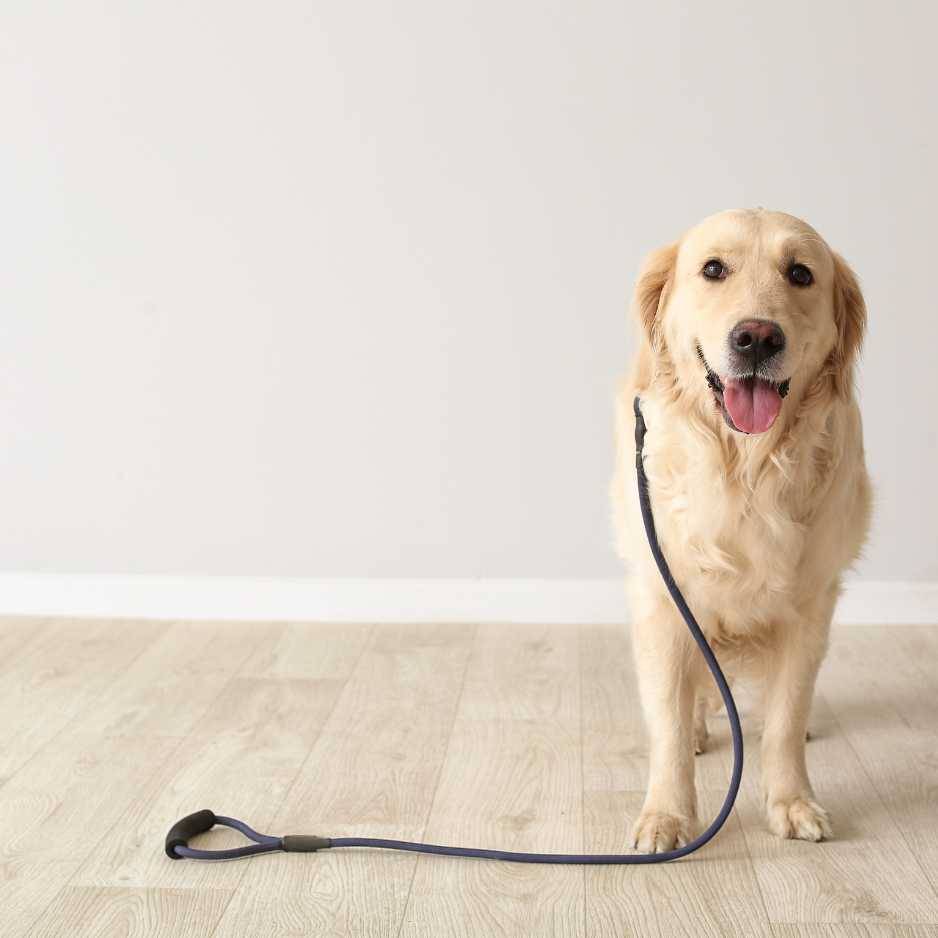As a dedicated dog owner, you want the best for your furry friend. Ensuring your dog is safe and comfortable during walks, runs, and training sessions is crucial for their well-being. A high-quality dog leash can make these activities much easier and more enjoyable. This comprehensive guide will cover everything you need to know about dog leashes, including their benefits, different types, and how to choose the perfect one for your dog. Additionally, we’ll introduce the Hank Dog Leash, a top-quality option designed with both dogs and their owners in mind.
What is a Dog Leash?
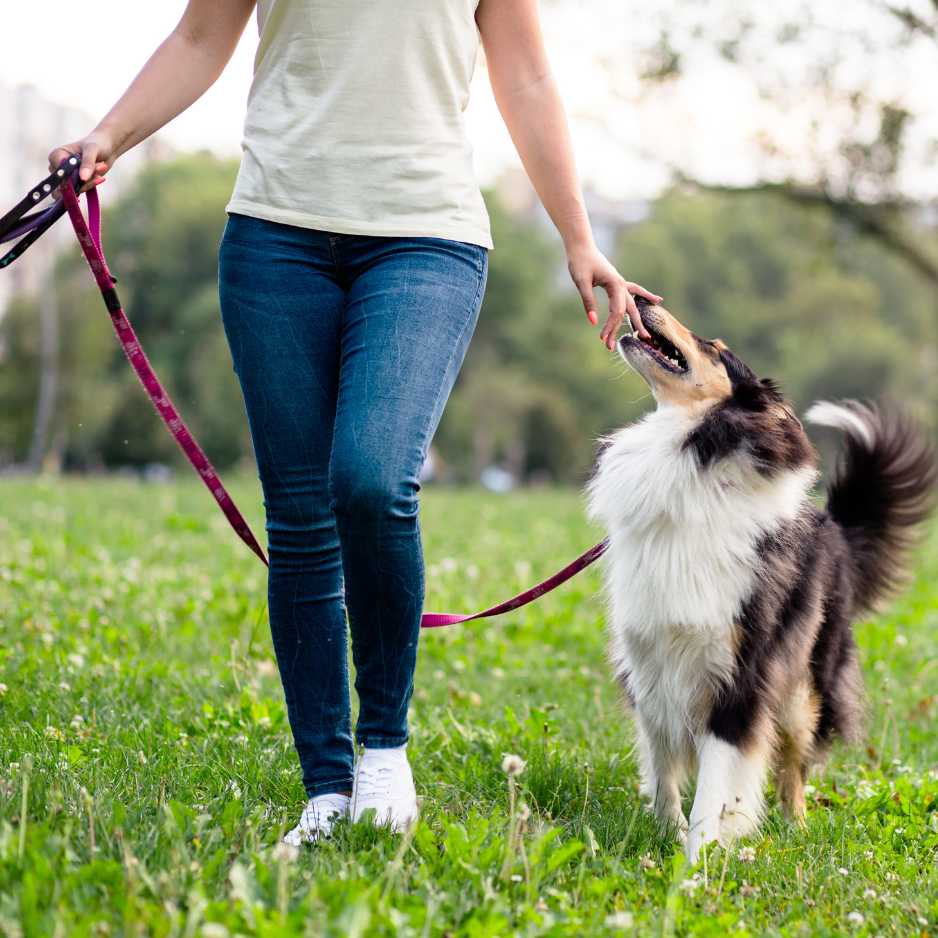
A dog leash is an essential tool for pet owners, providing a means to control and guide your dog during outdoor activities. Leashes are designed to offer safety, control, and comfort, preventing dogs from running off or getting into dangerous situations. They come in various lengths, materials, and designs, each suited for different purposes and dog breeds.
Why Should You Use a Dog Leash?
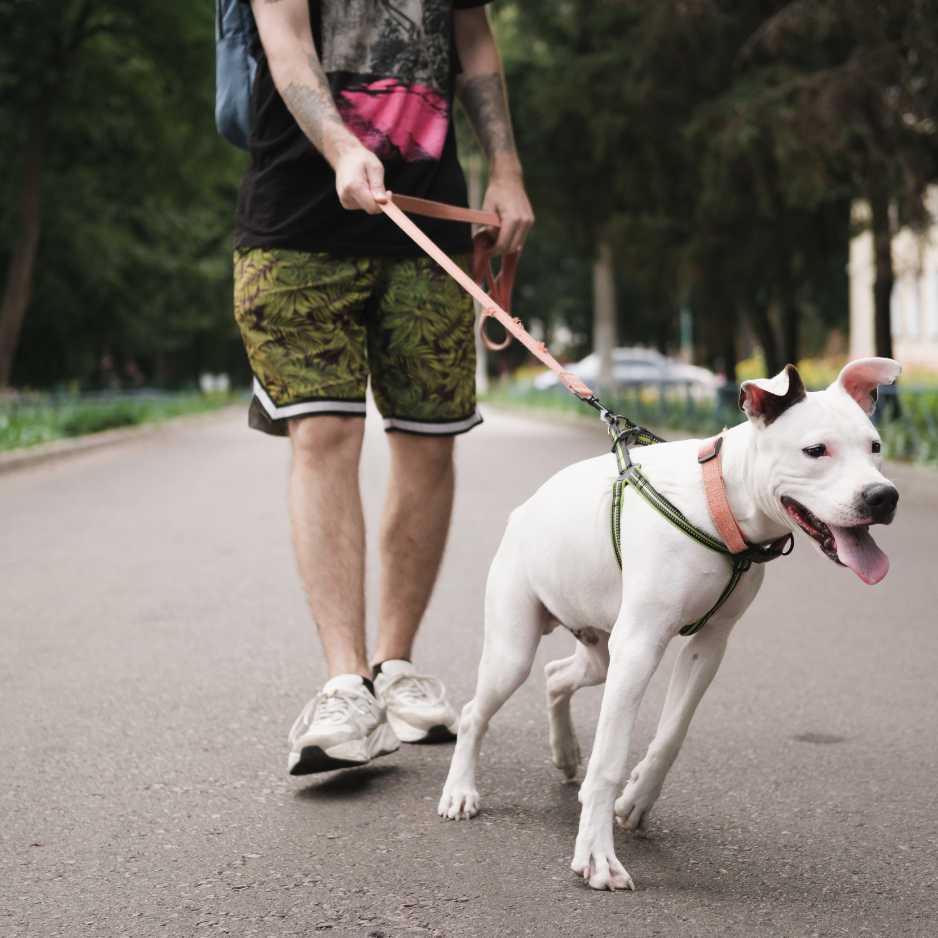
- Safety and Control
One of the primary reasons to use a dog leash is the enhanced control it offers. A leash ensures that your dog stays close to you, reducing the risk of accidents or encounters with other animals. This is especially important in busy urban areas or parks where distractions are common.
- Training Aid
Leashes play a crucial role in training your dog. They help establish boundaries and reinforce commands, making it easier to teach your dog proper behavior. A well-trained dog on a leash is more likely to respond to commands and stay focused during walks.
- Preventing Lost Pets
A leash significantly reduces the risk of your dog getting lost. Even the most obedient dogs can get distracted and run off. A leash ensures that you have a physical connection with your dog at all times, providing peace of mind during outdoor adventures.
How a Leash Helps Your Dog and You
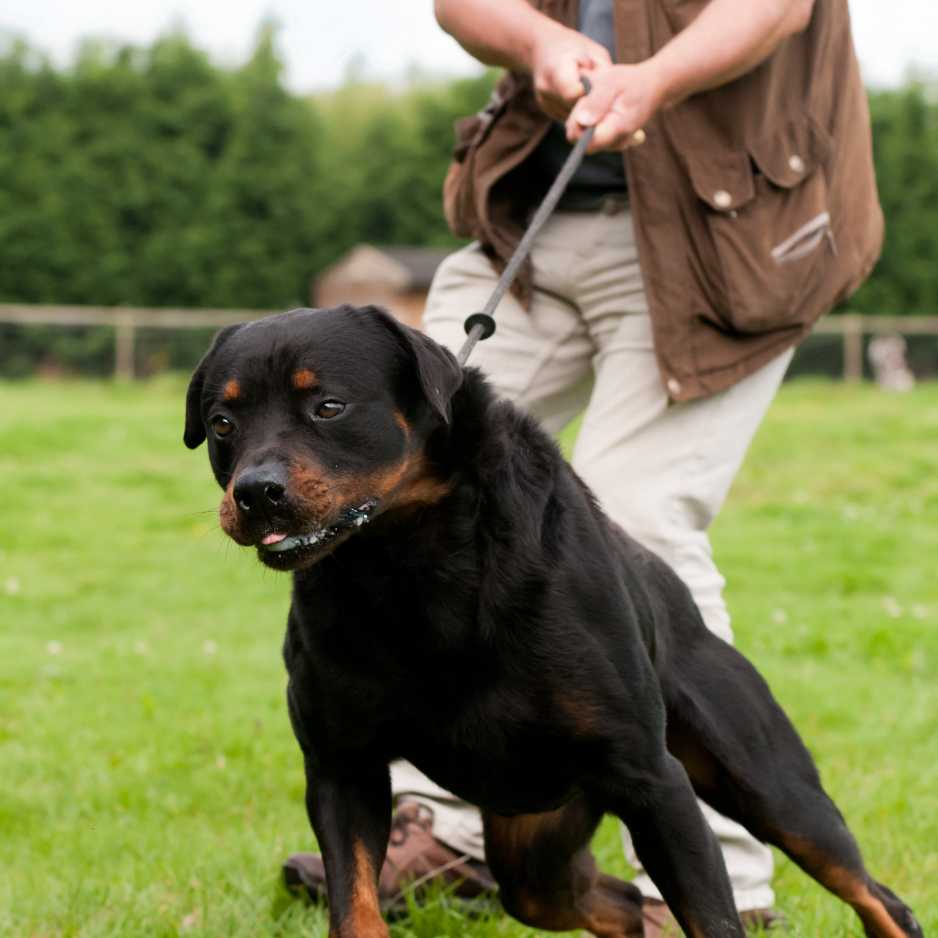
Using a leash is a fundamental aspect of responsible dog ownership, providing numerous benefits for both you and your furry companion. Whether you are taking your dog for a walk, training them, or simply enjoying some outdoor time, a leash plays a crucial role in ensuring safety, control, and overall well-being. Here are some key ways in which a leash helps your dog and you:
Benefits for Your Dog
- Safety
One of the most significant benefits of using a leash is ensuring your dog’s safety. A leash prevents your dog from running into traffic, getting lost, or encountering dangerous animals. It keeps your dog close to you, reducing the risk of accidents and injuries.
- Training and Discipline
A leash is an essential tool for training your dog. It helps establish boundaries and reinforces commands, making it easier to teach your dog proper behavior. Consistent use of a leash during training sessions can lead to a well-behaved and obedient dog.
- Preventing Unwanted Behavior
Using a leash helps prevent unwanted behaviors such as jumping on people, chasing after other animals, or digging in inappropriate places. It allows you to control your dog’s actions and redirect their attention when necessary.
- Socialization
A leash allows you to introduce your dog to new environments, people, and other dogs safely. It helps your dog learn how to behave in different situations, promoting positive socialization and reducing anxiety.
- Exercise and Physical Health
Regular walks on a leash provide your dog with the necessary exercise to maintain a healthy weight and overall physical health. It helps prevent obesity, strengthens muscles, and supports cardiovascular health.
Benefits for You
- Control and Management
A leash gives you control over your dog’s movements, making it easier to manage their behavior. Whether you are walking in a busy urban area or a quiet park, a leash ensures that your dog stays close to you and follows your lead.
- Safety and Peace of Mind
Using a leash provides peace of mind, knowing that your dog is safe and secure. It reduces the risk of your dog running off, getting into dangerous situations, or causing harm to others.
- Legal Compliance
In many areas, leash laws require dogs to be on a leash in public spaces. Using a leash ensures that you comply with local regulations and avoid potential fines or legal issues.
- Enhanced Bonding
Walking your dog on a leash can enhance the bond between you and your pet. It provides an opportunity for quality time together, allowing you to communicate, train, and build trust with your dog.
- Convenience
Leashes offer convenience during outdoor activities. Whether you are walking, running, or hiking, a leash keeps your dog close and under control, making the experience more enjoyable for both of you.
Choosing the Right Dog Leash
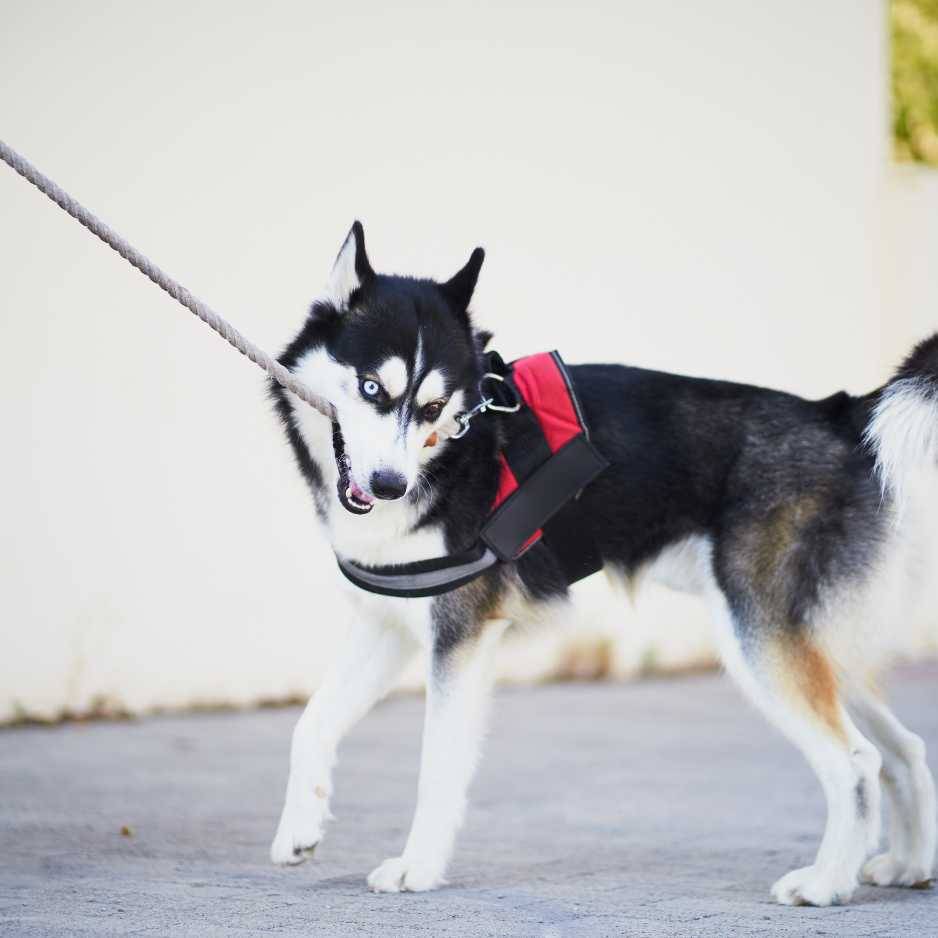
When selecting a leash, consider factors such as your dog’s size, behavior, and specific needs. Here are some key features to look for in a good leash:
- Comfortable Handle: A padded handle provides a comfortable grip, preventing rope burns and ensuring a pleasant walking experience.
- Durable Material: Choose a leash made from strong, durable materials such as nylon or leather to ensure longevity and reliability.
- Reflective Strips: Reflective strips enhance visibility during low-light conditions, keeping you and your dog safe during early morning or late evening walks.
- Appropriate Length: Select a leash length that provides the right balance between freedom and control. Standard leashes are typically 4 to 6 feet long.
- Secure Clip: Ensure the leash has a secure, tangle-free clip that attaches easily to your dog’s collar or harness.
How to Properly Use a Dog Leash

Using a dog leash correctly is crucial for ensuring your dog’s safety and comfort, as well as maintaining control during walks and training sessions. Here’s a comprehensive guide on how to properly use a dog leash:
- Choose the Right Leash and Collar/Harness
Select the Appropriate Leash: Depending on your dog’s size and behavior, choose a leash that is strong, durable, and suitable for their needs. The Hank Dog Leash, for example, is made of heavy-duty material with a padded handle and reflective strips for safety.
Pick the Right Collar or Harness: Ensure your dog has a well-fitted collar or harness. A collar should be snug but not too tight, with enough room for two fingers to fit between the collar and your dog’s neck. A harness should fit comfortably without restricting movement.
- Attach the Leash Securely
Clip the Leash to the Collar or Harness: Attach the leash securely to the collar or harness using the clip. Ensure that the clip is locked in place to prevent accidental detachment.
- Hold the Leash Correctly
Grip the Handle Firmly: Hold the padded handle of the leash firmly in one hand. If you are using a long leash, gather the excess length in your other hand to maintain control.
- Walk with Purpose
Keep Your Dog Close: Keep your dog close to you, especially in busy or unfamiliar areas. A standard leash length of 4 to 6 feet is ideal for maintaining control.
Walk with Confidence: Walk with a steady pace and maintain good posture. Your dog will take cues from your body language and follow your lead.
- Use Commands and Signals
Train with Commands: Use clear commands like “heel,” “sit,” and “stay” to guide your dog’s behavior. Consistent training helps your dog understand what is expected during walks.
Use Hand Signals: Complement verbal commands with hand signals to reinforce training. This is especially useful in noisy environments where your dog may not hear your voice clearly.
- Maintain Control
Avoid Tension on the Leash: Keep the leash loose and avoid pulling. If your dog starts to pull, stop walking and wait for them to calm down. Reward calm behavior with treats or praise before continuing.
Be Aware of Your Surroundings: Stay alert to your surroundings and anticipate potential distractions like other dogs, cyclists, or children. This helps you prepare and manage your dog’s reactions.
- Ensure Safety
Use Reflective Gear: If walking at night or early morning, use a leash with reflective strips and consider a reflective collar or harness for your dog.
Stay on Safe Paths: Stick to sidewalks, parks, and designated walking areas. Avoid busy streets or hazardous terrains that could pose a risk to your dog.
- Reward Good Behavior
Positive Reinforcement: Reward your dog with treats, praise, and affection for good behavior during walks. This encourages positive behavior and strengthens your bond.
- Handle Challenges Calmly
Address Pulling: If your dog pulls on the leash, stop walking and stand still. Wait for them to relax and then continue walking. Consistency will teach your dog that pulling does not get them what they want.
Manage Reactivity: If your dog is reactive to other dogs or people, create distance and use distractions like treats or toys to focus their attention on you.
- Regularly Check Equipment
Inspect the Leash and Collar/Harness: Regularly check the condition of your leash, collar, and harness for signs of wear and tear. Replace any damaged equipment to ensure safety.
Things to Avoid When Using a Dog Leash
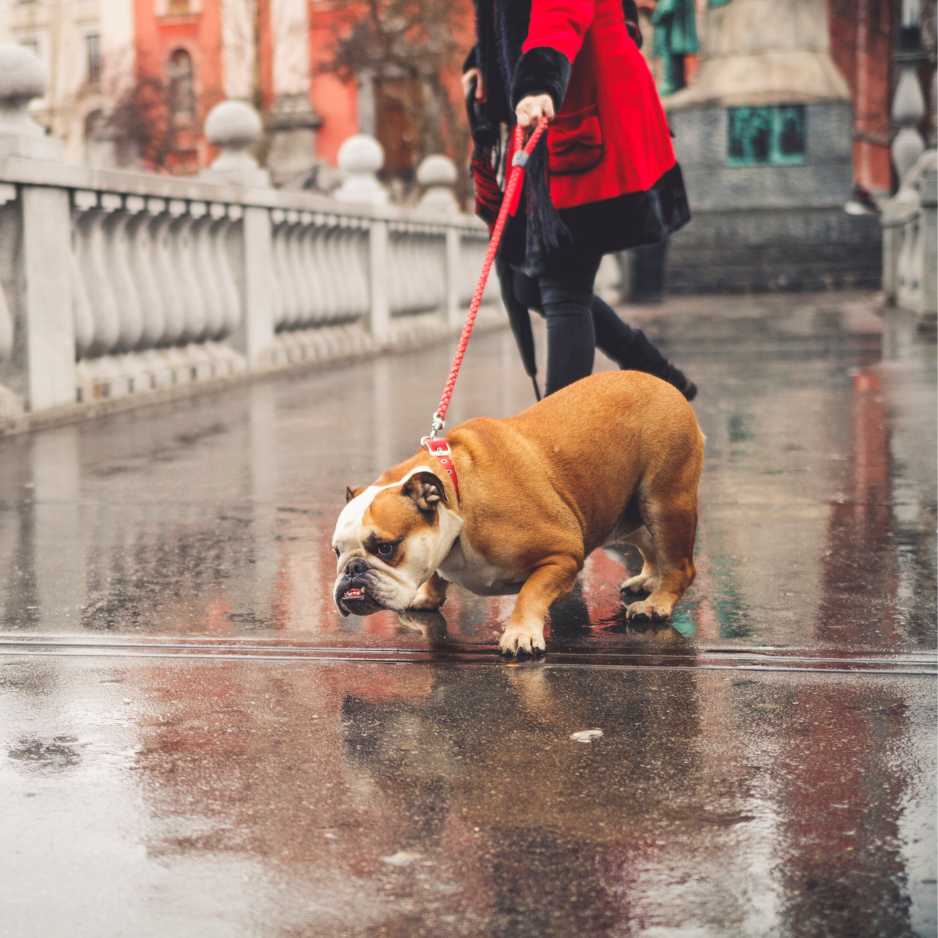
- Using a Retractable Leash in Crowded Areas
Retractable leashes can extend too far, leading to a lack of control and potential accidents. In crowded areas, opt for a standard leash to keep your dog close and safe.
- Pulling on the Leash
Pulling on the leash can cause discomfort and harm to your dog. Instead, use positive reinforcement techniques to encourage good behavior and reduce pulling.
- Using a Damaged Leash
Regularly inspect your leash for signs of wear and tear. Using a damaged leash can be dangerous as it may break unexpectedly. Replace it if you notice any fraying or weakened material.
- Walking Multiple Dogs on One Leash
While it may seem convenient, walking multiple dogs on a single leash can lead to tangling and make it difficult to control each dog individually. Use separate leashes or a specialized multi-dog leash designed for this purpose.
- Letting Your Dog Chew on the Leash
Allowing your dog to chew on the leash can weaken it and lead to potential breakage. Provide appropriate chew toys and discourage leash chewing through training and redirection.
- Using the Wrong Leash Length
Choosing the wrong leash length can impact control and safety. A leash that is too long may allow your dog too much freedom in unsafe areas, while a leash that is too short can be restrictive and uncomfortable.
- Using Inappropriate Leashes for Training
Avoid using retractable or thin leashes for training purposes. Use a sturdy, non-retractable leash that provides better control and safety during training sessions.
- Walking Without Paying Attention
Always stay alert and aware of your surroundings when walking your dog. Distractions, such as using your phone, can lead to accidents or missed opportunities to correct your dog’s behavior.
- Forgetting to Bring Essentials
Always carry essentials such as waste bags, water, and treats. Being prepared ensures a pleasant and responsible walking experience for both you and your dog.
- Neglecting Regular Leash Training
Consistent leash training is essential for maintaining good behavior. Avoid neglecting regular training sessions, as this can lead to bad habits and unsafe behavior during walks.
Why Choose the Hank Dog Leash
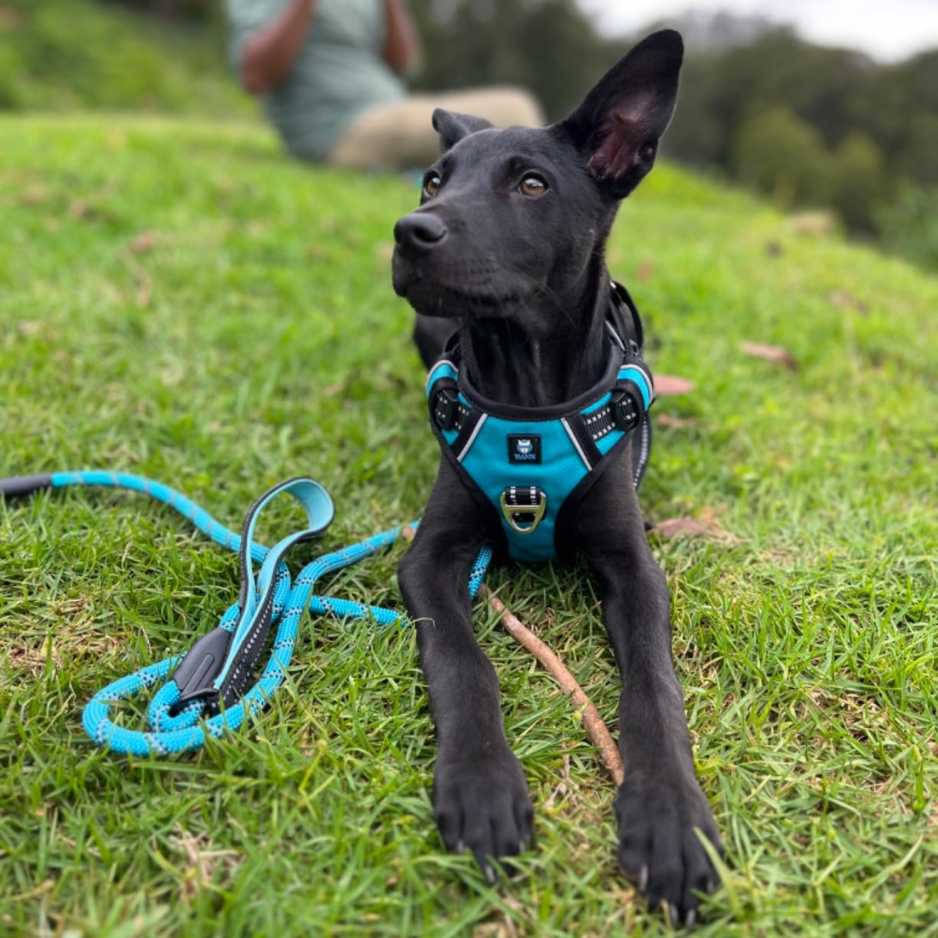
Comfortable Padded Foam Handle: The Hank Dog Leash features a soft padded foam handle, providing an ergonomic grip for maximum comfort. This prevents rope burns and ensures a pleasant walking experience for both you and your dog.
3M Reflective Strips for Safety: Using 3M reflective strips in the Hank Dog Leash keeps you and your pet safe during night walks. This visibility is crucial for ensuring that drivers and other pedestrians can see you, providing an extra layer of safety.
Colors and Size Options: The Hank Dog Leash is available in two sizes to accommodate different dog weights. Choose from Small (suitable for dogs up to 18KG) and Large (suitable for dogs between 18KG and 80KG). The variety of colors also allows you to pick a leash that matches your style.
Made of Heavy-Duty Material: Constructed from strong rock climbing nylon rope, the Hank Dog Leash is built to last. The durable 360-degree tangle-free and rustproof swivel hook ensures that the leash can handle the pulling force of even the strongest dogs.
Designed for Walking, Running, and Training: Whether you’re walking, running, or training, the Hank Dog Leash is designed to meet your needs. The 5-foot length is perfect for various activities, providing the right balance between freedom and control.
Conclusion
Choosing the right dog leash is essential for the safety, comfort, and control of your furry friend. The Hank Dog Leash offers a range of features that make it an excellent choice for any dog owner. From its comfortable padded handle and reflective strips to its durable construction and versatile design, the Hank Dog Leash is designed to meet the needs of both dogs and their owners. By considering your dog’s size, activity level, and specific needs, you can find the perfect leash to enhance your pet’s well-being and your walking experience. With the right leash, such as the Hank Dog Leash, you can ensure that every walk, run, or training session is safe, comfortable, and enjoyable for both you and your furry companion.



